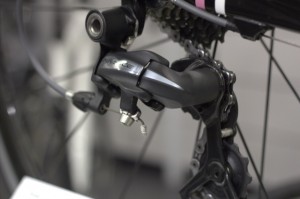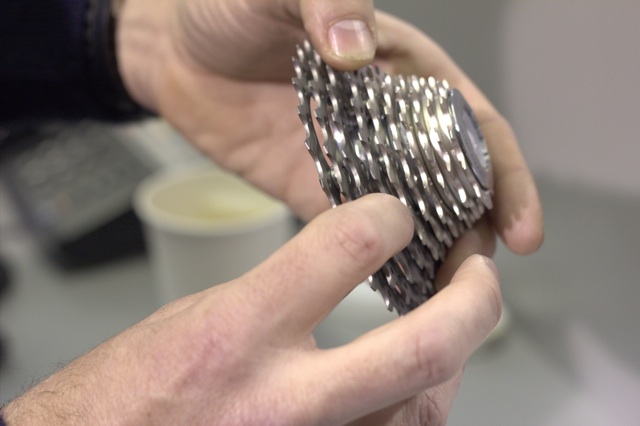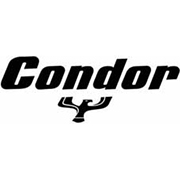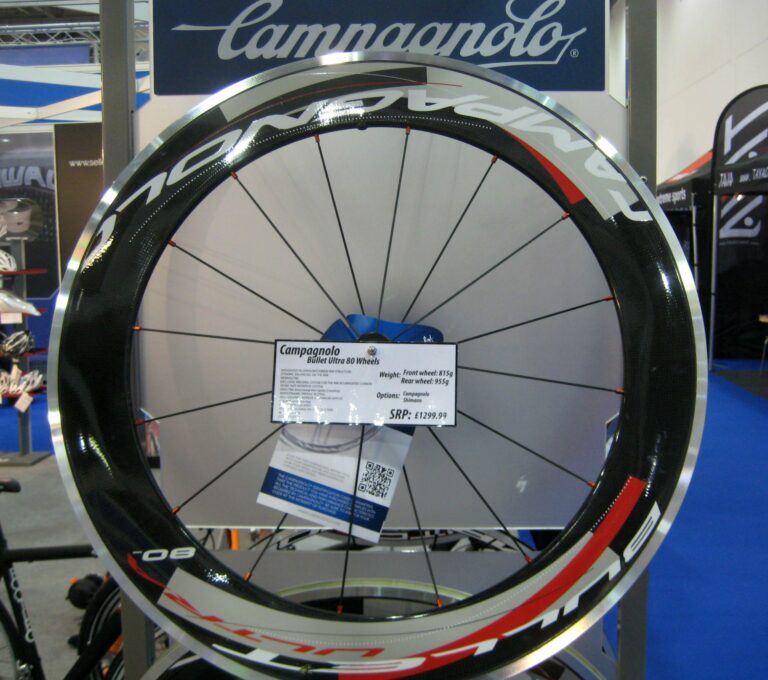If you’ve ever been baffled by the terminology favoured by cycling’s major component manufacturers, you’re far from alone.
As an ever-expanding lexicon issues from the marketing departments of Campagnolo, Shimano, and SRAM, the customer is left to wonder what distinguishes Hyperglide from Superglide (or even Powerglide), or Power Torque from Ultra Torque. And what exactly is Exact Actuation?

Those able to penetrate this linguistic jungle and identify the components from the descriptions are perhaps no further in their quest to discover the real differences between the various products. Is the additional investment required to purchase Shimano’s range-topping Dura Ace components over their Ultegra cousins tangible in the relative performance? And how do the products of the major manufacturers compare with each other?
We’ve called on Condor Cycles’ senior sales technician, Greg Needham, in our quest shine a light through the semantic opacity of marketing speak and on to the glittering components beneath. Greg has guided visitors to the London shop through a dense undergrowth of technical description for the last 18 years. “I like bicycles,” he shrugs when asked if he ever becomes blasé about the beautiful machinery that surrounds him. “If I didn’t work here, I’d probably be here anyway.”
We’ll take a long view and zoom in. Three component manufacturers dominate the market: Shimano, SRAM, and Campagnolo. Each has slightly different methods of achieving the same result, whether that be predictable, dependable braking or smooth and accurate shifting. Each produces different levels of componentry within their own output. So whose are the best? And does the most expensive groupset offer significant performance advantages over its cheaper equivalents?
“It doesn’t matter if it’s Shimano, SRAM, or Campagnolo: the factors that affect all of them are weight, materials, and mechanical durability,” says Greg.

“The most obvious difference is weight. As you go through the groupsets, the comparative weight will decrease. In terms of weight saving for Shimano, there’s a real difference between Dura Ace and Ultegra. Another real world difference is mechanical durability. In simple terms, that’s how many miles it takes to wear it out. They all work similarly when they are new and out of the box, but it is wear that affects functionality; classically with the rear derailleur.
“With materials, the clearest example can be found in the cassette, where, as well as different machining processes, there’s also the use of different materials, such as titanium, rather than steel.”
To prove the point, Greg produces three cassettes, one each from Shimano, SRAM, and Campagnolo. The Shimano and Campagnolo blocks are similar, he explains, with the larger and middle sprockets clustered together, and the smaller sprockets separated as individual units. All are mounted to a carrier. But the SRAM Red cassette is significantly different, with a plate on the rear to transfer the torque to the freehub body.
“The SRAM Red cassette starts life as one piece, and most of the sprockets are machined out. A strengthening plate is bonded to

the back. It allows SRAM to make a very, very light cassette out of standard materials,” says Greg.
A similarity between each of the cassettes, however, are the contours cut into the surface of the sprockets. These minute ramps are the Hyperglide (Shimano) and Powerglide (SRAM) of renown. What is their purpose, and how effectively is it reached?
“All cassettes now have some sort of ramping mechanism as an aid to moving the chain from one sprocket to the next. There’s an optimal point. Older riders will remember blocks without ramps. It was often the case that you had to over shift. The ramps allow the chain to take the path of least resistance when it shifts,” he says.
Shimano recommends using a Superglide chain with its Hyperglide cassettes. More jargon, or a genuine innovation?
“A traditional chain is completely flat: the inner and outer plates and the roller. Flat chains don’t move particularly well. The Superglide chain plates are shaped to facilitate a smoother movement,” says Greg.

And before we finish altogether with gliding, each of the three manufacturers has a variation on the theme of smoothing the chain’s path for the front chainrings.
“Exactly as there is an optimal point for the chain to shift on the rear cassette, so there is an optimal point on the front chainrings. At the front, the job is much harder because the chain has much further to travel. Chainsets have a difference of perhaps 14 to 16 teeth, where at the cassette, the chain only has to move two or three teeth. Shaped teeth are used to ease the path of the chain at the optimum shift point, and often there’s an intermediate stage in the shape of a pin, or a piece of aluminum on the rear of the chain ring,” he says. Clear? Clear.
We’ll be bringing you part two of our series demystifying the semantics of component marketing next week.




